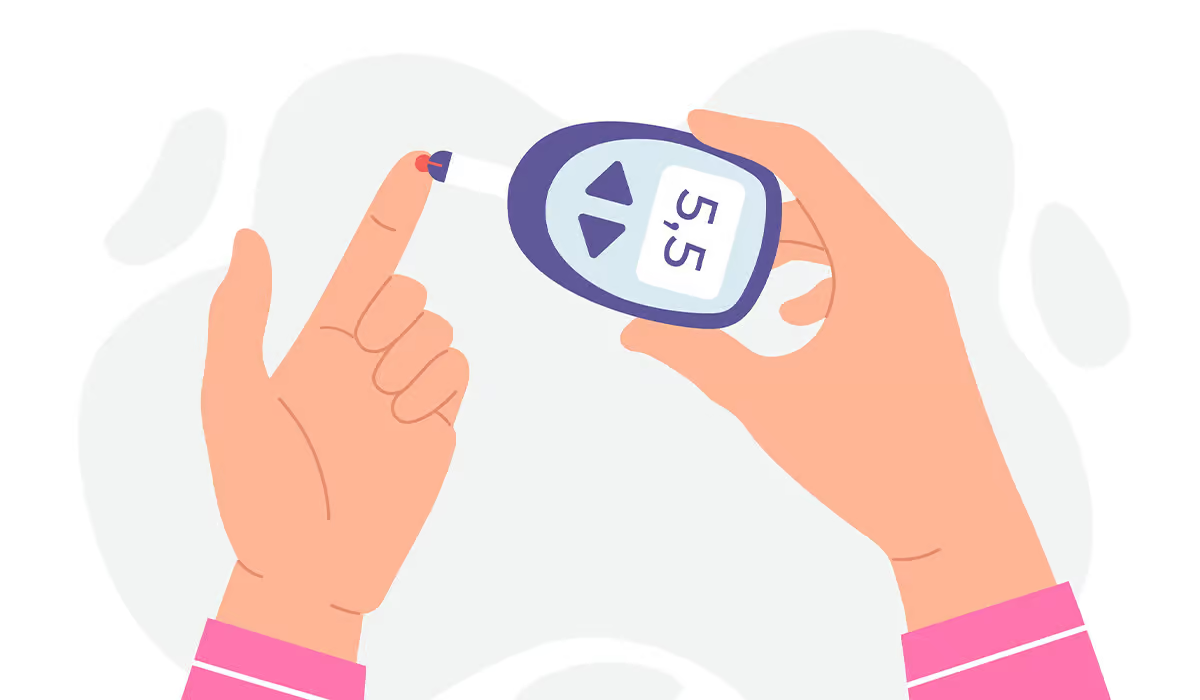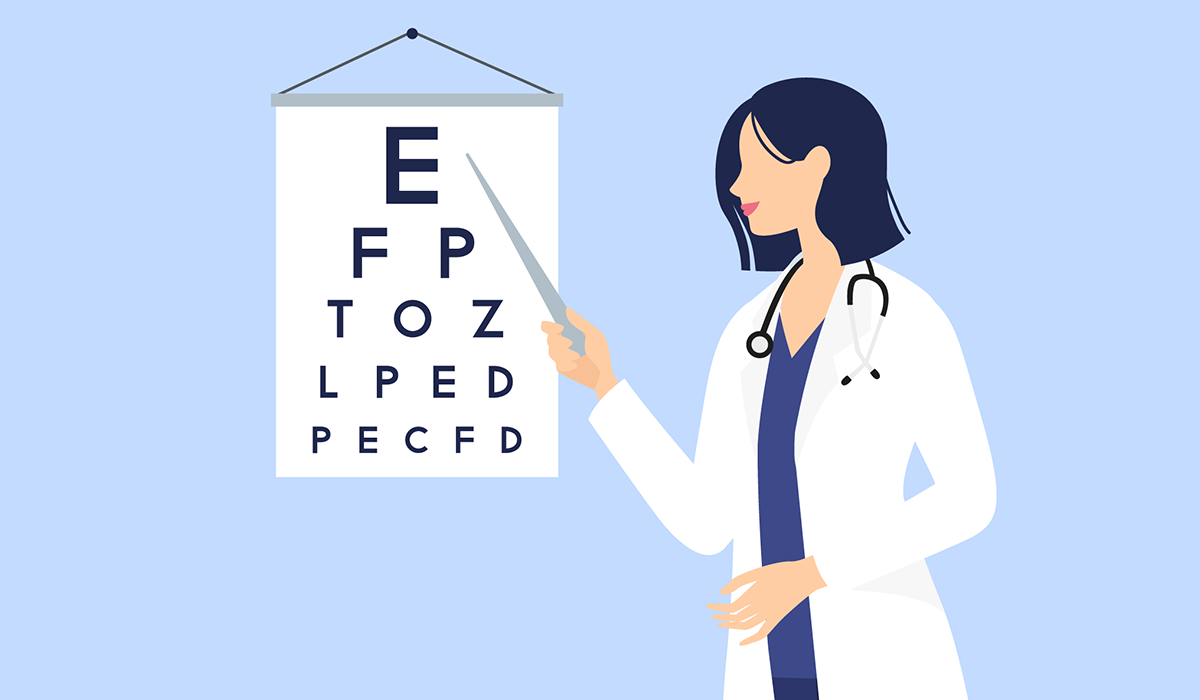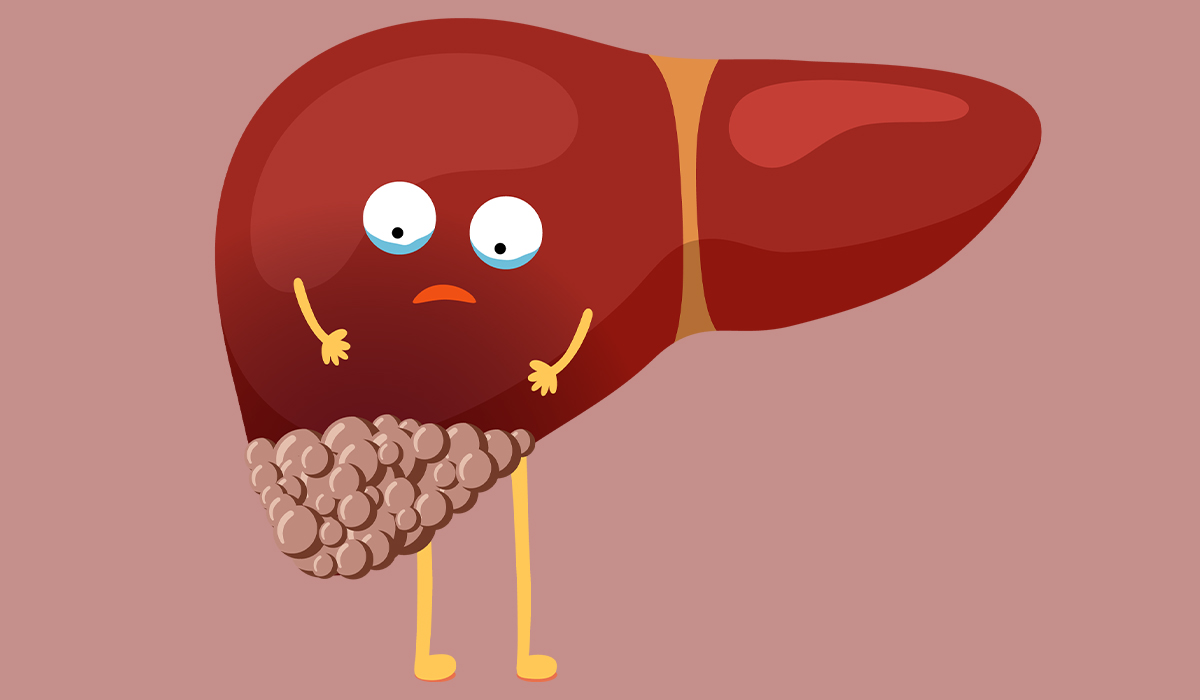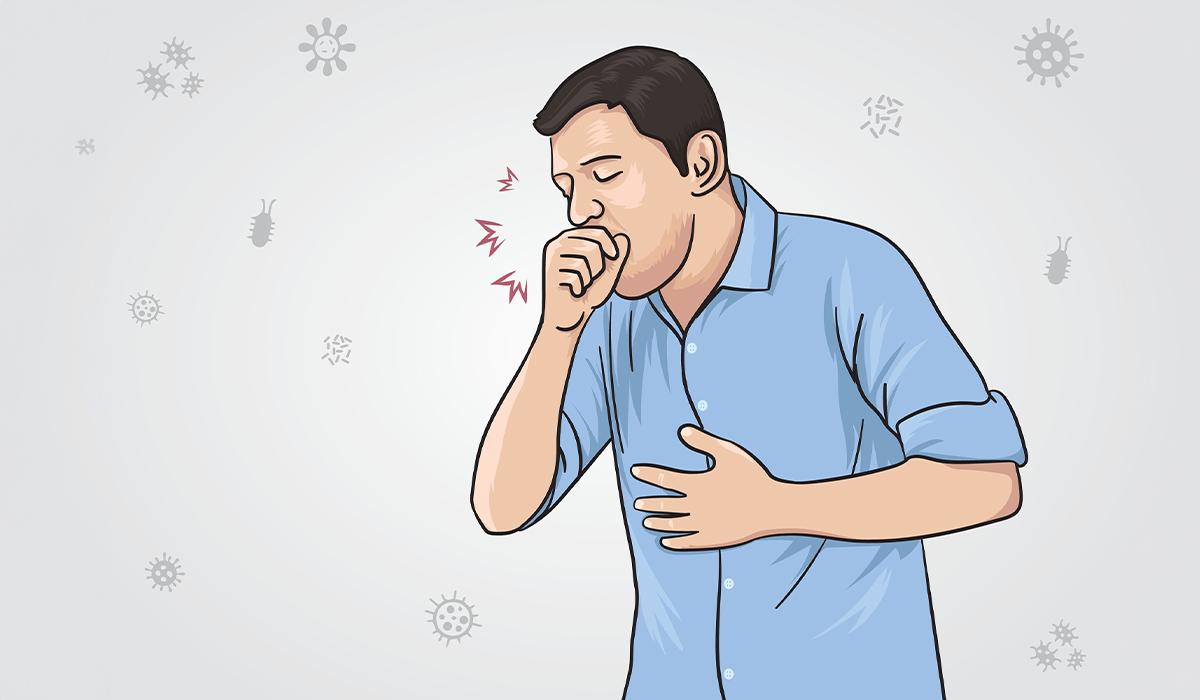How Dangerous is Ichthyosis?
Ichthyosis is not considered a life-threatening condition, but it can significantly impact a person’s life. The severity of ichthyosis can vary widely, ranging from mild cases with few skin issues to more severe forms covering more body parts. Some people with benign cases may not even realize they have ichthyosis, while those with serious skin problems may need to manage their symptoms daily.
Types of Ichthyosis
Ichthyosis primarily affects the skin’s surface, causing dryness and scales, but some types also cause problems inside the body. There are many distinct types of this condition, resulting in various health issues, but they are rare compared to ichthyosis vulgaris, the most common type that accounts for 95% of all cases. Let’s take a closer look at the possible variations of ichthyosis.
Ichthyosis Vulgaris (IV)
Ichthyosis vulgaris occurs in approximately one out of every 250 people and usually causes mild symptoms. The telltale signs are gray, white, or brown scales on the skin’s surface.
Harlequin Ichthyosis
Harlequin ichthyosis is more likely to affect newborns than adult people. Scales on the skin are thick and may cover the entire body. It affects the look of the newborn’s face and can cause problems with moving the joints.
X-linked Recessive Ichthyosis (XLRI)
X-linked recessive ichthyosis is rare, affecting about one in every 6000 people. It usually develops in men at 3-6 months of life and can worsen. Its symptoms include scaling on the legs, lower face, trunk, and neck.
Lamellar Ichthyosis
Lamellar ichthyosis affects newborns, causing collodion membrane (parchment-like membrane) that covers the entire of their bodies. The membrane peels away within several weeks, creating large, dark, plate-like scales.
Congenital Ichthyosiform Erythroderma
Congenital ichthyosiform erythroderma is a type of ichthyosis that is present at birth. It’s a rare and severe form that may result in a collodion membrane.
Progressive Symmetric Erythrokeratoderma
Progressive symmetric erythrokeratoderma develops later in childhood compared to other types of ichthyosis. It causes red, dry, and scaly skin on ankles, wrists, lips, buttocks, face, and limbs.
Erythrokeratodermia Variabilis
Erythrokeratodermia variabilis is a rare type of ichthyosis that usually appears in babies a few months after birth. It progresses as they age, causing rough, red, and thick areas on the skin. It usually develops on the face, arms, legs, and buttocks.
Causes
Ichthyosis can be genetic or acquired. If you have genetic ichthyosis, you inherited it from your parents. Acquired ichthyosis, on the other hand, develops later in life due to non-genetic factors, such as taking certain medicines and having other medical conditions.
It is not fully understood what causes acquired ichthyosis, but it has been linked to several health conditions that co-occur with ichthyosis. These include:
- HIV/AIDS
- Kidney disease
- Underactive thyroid gland
- Hodgkin’s lymphoma (cancer of the lymphatic system)
- Sarcoidosis (inflammatory disease that affects the immune system)
In rare cases, a medicine may trigger acquired ichthyosis. Doctors suspect the following meds could be responsible:
- Protease inhibitors (medications used to treat HIV infection)
- Drugs used to treat leprosy
- Medicines used to treat ulcers and acid reflux
- Nicotinic acid, or vitamin B3, which can be recommended for high cholesterol
Signs and Symptoms
There are many types of ichthyosis, each with distinct features and symptoms. However, 95% of people with this condition develop a type called ichthyosis vulgaris.
A telltale sign of ichthyosis vulgaris is dark brown, gray, or white scales that may develop at the legs, stomach, buttocks, scalp, face, and trunk. They are usually dry and have thin or thick cracks on their surface. For many people with ichthyosis vulgaris, the scaling and dry skin, worsen when the weather is dry or cold and improve when it’s warm.
Other common symptoms associated with ichthyosis vulgaris include:
- Skin that appears dirty on the soles of your feet and palms of your hands
- Dry and itchy skin
- Skin roughness and thickness
- Skin that looks like ace, which usually develops on the arms, buttocks, and thighs (keratosis pilaris)
- Inability to sweat
- Deep lines on the hands and feet that may crack
In severe cases, ichthyosis vulgaris may cause the following problems:
- Difficulty closing eyes
- Peeling skin
- Difficulty bending joints
- Vulnerable hair or hair loss
- Pain
- Blisters that may lead to wounds
- Eye dryness
- Difficulty hearing
Complications
Complications that develop due to ichthyosis are not uncommon. You may experience additional health issues if it causes pieces of your skin to scale off – a process referred to by doctors as scaling. When that happens, your skin – an immune organ that protects you from bacteria and other harmful microbes – gets compromised, which makes you more vulnerable to infections, damage, and other issues. Here are the most common problems that may appear if ichthyosis causes scaling:
- Dehydration
- Overheating due to blocked sweat glands
- Skin infections
- Hair loss or slower hair growth due to scales
- Weight loss
Children who developed ichthyosis are more likely also to get the following health conditions:
Ichthyosis can also hurt men’s health, causing the following problems:
- Testicular cancer
- Low sperm count
- Undescended testicles (cryptorchidism)
Other complications that may occur due to ichthyosis include:
- Anxiety or depression due to affected look
- Hearing loss
- Vision loss due to damage to the cornea
- Brain and nervous system issues

Diagnosis and Tests
The diagnosis of ichthyosis encompasses a review of the patient’s medical and family history, skin, nails, and hair examination, and, in some cases, a skin biopsy.
In cases of inherited ichthyosis, a healthcare provider may take a swab from a person’s mouth or a blood sample to perform a genetic test that can show if a mutated gene causes ichthyosis. A genetic counselor visit may be necessary to understand the results of the test.
Which Doctors Treat Ichthyosis?
Depending on the type of ichthyosis and its severity, you may need to consult one or more of the following specialists:
- Audiologists – Experts in diagnosing and addressing issues related to hearing and balance, helping achieve optimal auditory health.
- Ophthalmologists – Specialists in managing disorders and diseases affecting the eyes, ensuring clear and healthy vision.
- Pediatricians – Dedicated professionals specializing in diagnosing and treating children, ensuring their health and well-being.
- Clinical geneticists – Professionals skilled at diagnosing genetic disorders in children and adults, providing insights into hereditary health conditions.
- Allergists/Immunologists – Specialists in treating allergies and immune system-related health issues, addressing problems stemming from immunological imbalances.
- Genetic counselors – Educators and counselors focused on guiding individuals through their genetic health, providing insights and support.
- Dermatologists – Experts in addressing conditions affecting the skin, hair, and nails, ensuring optimal dermatological health.
- Neurologists – Specialists in treating brain, spinal cord, and nerve disorders, providing optimal neurological function.
- Ear, nose, and throat doctors – Professionals managing issues related to the ears and hearing, as well as addressing ear, nose, and throat problems.
- Nurse educators – Specialized professionals assisting individuals in understanding their overall health conditions and developing effective treatment plans.
- Primary care physicians – Diagnosticians and treatment providers specializing in adult healthcare, ensuring comprehensive medical care for individuals.

How To Treat Ichthyosis?
There is no cure for ichthyosis, but various treatment strategies help manage skin dryness and scaly, rough skin. Your healthcare provider may recommend the following strategies to relieve the symptoms:
- Use products containing glycolic, salicylic, or lactic acids to remove dead skin.
- Dead skin can also be removed with a rough sponge or a pumice stone. To do so, gently rub your skin with these products.
- Take salt-water baths to relieve itchiness, burning sensations, or stinging skin.
- If your skin needs more hydration, take more than one bath a day.
- Use a lotion after a shower or bath. It will help retain the moisture of the skin for a longer time.
- To hydrate your skin, you can also use ointments and creams that ease dryness and scaling. Consult a dermatologist to learn which products would work best in your case.
- Use oral or topical retinoids, as advised by your healthcare provider. These medications aim to decrease the scaling.
Prognosis for Ichthyosis Patients
Because there is no cure for ichthyosis, the outlook for ichthyosis depends entirely on the effectiveness of products against ichthyosis and management strategies used at home.
Milder forms of ichthyosis may require regular skincare routines, using moisturizers and topical treatments to manage symptoms, but individuals with these forms can lead relatively normal lives. More severe forms may pose greater challenges and require more intensive and specialized care.
Advances in medical research and treatment options continue to provide hope for better outcomes and quality of life for people with ichthyosis.
Ichthyosis – Key Facts You Should Know
Ichthyosis is a group of skin conditions characterized by dry, rough, and scaly skin. The most common form is ichthyosis vulgaris, causing gray, white, or brown scales on the skin. While ichthyosis is not life-threatening, it can significantly affect a person’s appearance.
Diagnosis involves a medical history review, skin examination, and possibly a skin biopsy. Genetic testing may be done for cases of inherited ichthyosis. Specialists that can aid you in treatment may include dermatologists, genetic counselors, pediatricians, and allergists.
Treatment focuses on symptom relief and preventing the scaling from getting worse. These strategies include using acid-containing products, salt-water baths, frequent moisturizing, and, in severe cases, oral or topical retinoids.
Research and advancements offer hope for improved outcomes and a better quality of life for individuals with ichthyosis. Despite the lack of a cure, ongoing medical support and management strategies can help affected individuals lead fulfilling lives.
Sources
- NIH. (2023). Ichthyosis.
https://www.niams.nih.gov/health-topics/ichthyosis - NIH. (2023). Hereditary and Acquired Ichthyosis Vulgaris
https://www.ncbi.nlm.nih.gov/books/NBK562318/ - The Foundation for Ichthyosis & Related Skin Types. Types of Ichthyosis.
https://www.firstskinfoundation.org/types-of-ichthyosis - American Academy of Dermatology Association. ICHTHYOSIS VULGARIS: OVERVIEW.
https://www.aad.org/public/diseases/a-z/ichthyosis-vulgaris-overview
- Ichthyosis: What Is, Types, Causes, Symptoms, and Treatment
- What is Ichthyosis?
- How Dangerous is Ichthyosis?
- Types of Ichthyosis
- Causes
- Signs and Symptoms
- Diagnosis and Tests
- Which Doctors Treat Ichthyosis?
- How To Treat Ichthyosis?
- Prognosis for Ichthyosis Patients
- Ichthyosis - Key Facts You Should Know
